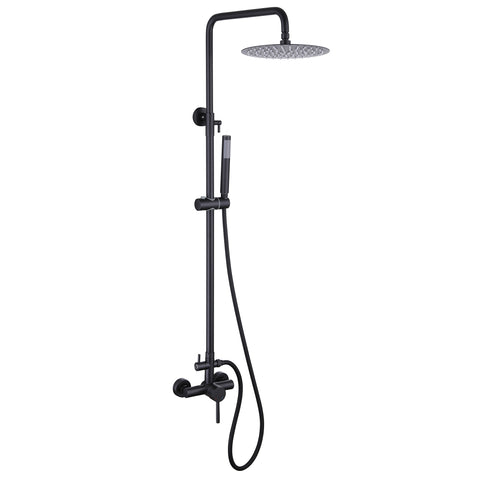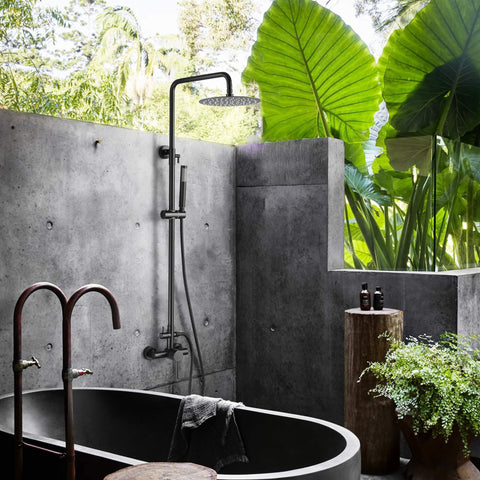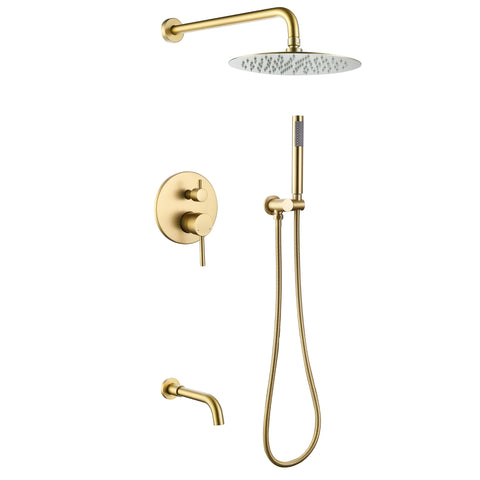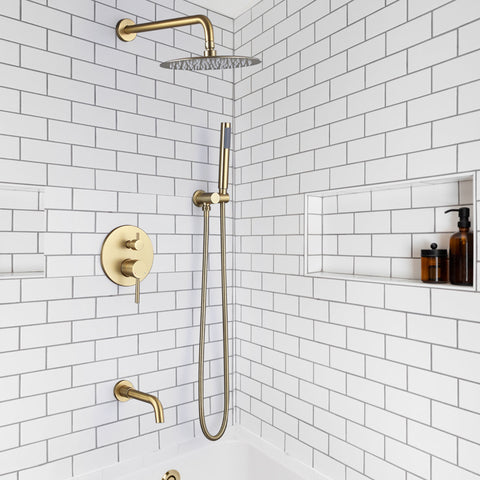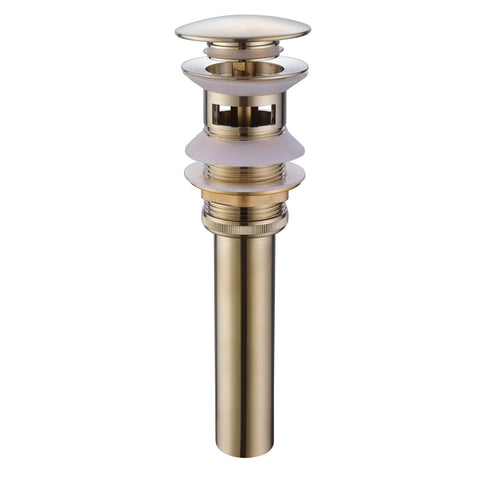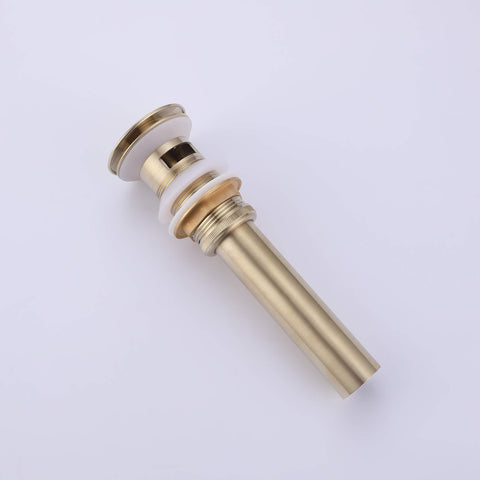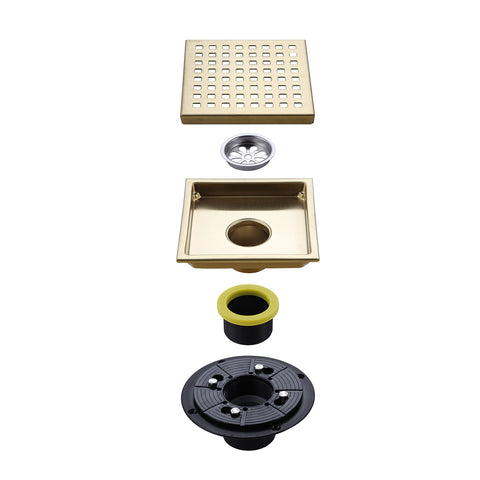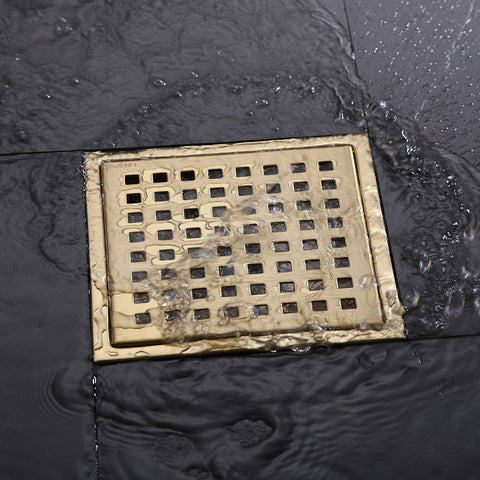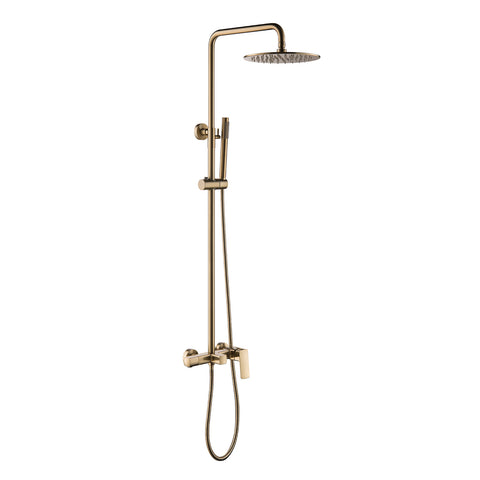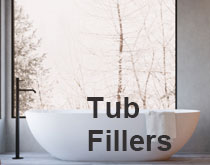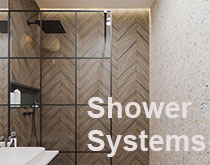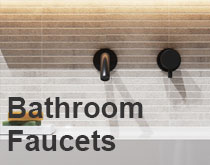Top 5 Modern Freestanding Bathtubs for 2025
Looking to refresh your bathroom in 2025? Freestanding bathtubs remain the centerpiece—calm, sculptural, and surprisingly practical. Below are the five modern styles that deliver the best mix of comfort, durability, and design clarity. (No pricing content included.)
1) Solid-Surface Stone Resin
Looks like carved stone, feels warm to the touch. A satin, repairable finish keeps its quiet luxury for years and holds heat beautifully for unhurried baths.
Why This Type Earns Its Place
- Premium, repairable surface: light scuffs refinish with a simple sand-and-polish.
- Heat that lasts: dense walls keep water warmer for longer soaks.
- Design range: oval, slipper, and asymmetric silhouettes suit minimalist spaces.
- Sizes: typically 59–71 in length with 15–18 in soaking depth.
Note: Heavier than acrylic; confirm upstairs floor loads and delivery path.
2) Double-Ended Acrylic
Lightweight, warm to the touch, and easy to install. Two reclining ends mean comfort from either side—great for most homes and remodel timelines.
Why This Type Earns Its Place
- Easy install: light shells simplify delivery and upstairs placement.
- Comfortable geometry: gentle recline on both ends.
- Low-maintenance: smooth, non-porous surface wipes clean.
- Sizes: commonly 60–67 in length; 14–16 in depth.
Tip: Acrylic loses heat faster than stone resin—pre-warm the shell or top up mid-soak.
3) Japanese-Style Soaking
A tall, compact sit-and-soak tub that delivers deep immersion without needing a long room—perfect for small bathrooms and mindful routines.
Why This Type Earns Its Place
- Small-space hero: the deepest soak per square foot.
- Ritual comfort: upright posture supports shoulders and neck.
- Sizes: typically 43–55 in length; 22–27 in depth.
- Install note: set overflow height and filler reach carefully to prevent splashes.
4) Sculptural Transparent Acrylic
The design darling of 2025. Lake-blue, smoke, or tea-tinted bodies read like water carved into form. Light passes through to make smaller rooms feel larger.
Why This Type Earns Its Place
- Visual lightness: opens sightlines and showcases flooring.
- Photogenic centerpiece: perfect for contemporary interiors.
- Sizes: commonly 60–66 in length; 14–16 in depth.
- Care: wipe after use to avoid water spots; choose UV-stable acrylic.
5) Cast-Iron Enameled
Old-world strength with modern polish. Vitreous enamel over molten iron creates a hard, glossy surface and superb thermal mass for lingering warmth.
Why This Type Earns Its Place
- Longevity: enamel resists stains and chemicals for decades.
- Thermal comfort: excellent heat retention from the iron shell.
- Sizes: often 60–72 in length; 14–17 in depth.
- Note: very heavy—confirm structure and delivery logistics.
Quick Comparison
| Tub Type | Best For | Footprint | Heat Retention | Install Complexity |
|---|---|---|---|---|
| Solid-Surface Stone Resin | Luxe, long soaks | Med/Large | High | Medium–High (weight) |
| Acrylic Double-Ended | Most homes, easy install | Small/Med | Medium | Low |
| Japanese Ofuro | Small spaces, deep soak | Small | High | Medium |
| Transparent Acrylic | Statement design | Med | Medium | Low–Med |
| Cast-Iron Enameled | Durability, classic look | Med/Large | High | High (very heavy) |
Tip: On mobile you can swipe the table horizontally.
Installation & Care Pointers
- Measure twice: footprint plus door/stair clearances and filler reach.
- Drain & overflow: match rough-in; slim overflows keep lines clean.
- Filler choice: floor vs. wall mount—plan rough-in box if floor-mounted.
- Finish care: stone resin = non-abrasives; acrylic = microfiber wipe-down; enamel = pH-neutral cleaners.
Quick FAQ
- Small-bath friendly? Yes—choose a compact 60-inch acrylic or a Japanese ofuro.
- Floor-mounted filler required? Not always. Wall-mounted fillers can simplify plumbing and save space.
- One-size sweet spot? 60–67 in length with ~15–17 in soaking depth fits most people and rooms.
- Keep water warm longer? Pick stone resin or cast iron, pre-warm the shell, and consider a tub tray to reduce heat loss.
Shortlist two or three styles that fit your space and routine, then match a compatible filler and drain kit. If you’d like help, browse our freestanding tubs and share your bathroom dimensions—I’ll recommend exact sizes and pairings.
